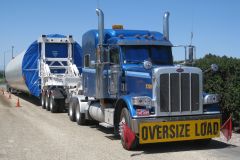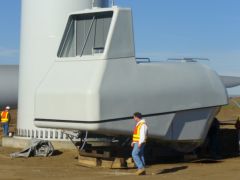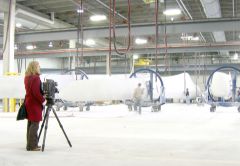Is Raising Your Own Livestock the New Green Home Trick?
Factory farming is responsible for 20% of global greenhouse gas emissions. This is due to the resource intensive feeding, slaughtering, processing, and transporting involved in the process. This has led many to reach for an alternative to conventional meat, and it may seem surprising that many are choosing to raise their own livestock at home, however if you look at the specifics of the process you may find that it’s not such an outlandish option.
Why it is a Green Alternative
By keeping the process as small and local as it gets, you can enjoy high quality, ethical meat while negating many of the sources of emissions associated with factory farmed meat. The transportation of both the livestock’s food and the meat itself are cut out of the process, as are the emissions produced by the large farm equipment that industrial producers rely on. Furthermore you can monitor what, if any, antibiotics and hormones are used, making healthier meat that uses less resources.
What You Need
Obviously this is not the right option if you live in a small apartment. You need at least 1.5 acres per cow for adequate grazing, or the ability to supplement with oats or hay. While you can get by without any expensive farm equipment it may be helpful to have a riding mower for keeping your pasture manageable and a trailer for transporting your livestock. Of course you will also need a sturdy fence and padlock to keep your livestock safe and a large freezer for keeping the resulting meat. It can be ideal though if you have a lot of acres to maintain, and don’t want to spend money on landscaping or a lot of yard upkeep.
The Cost
There are numerous costs associated with raising livestock, not all of which are upfront. You will need to pay for the livestock itself, any farm equipment you find necessary, supplemental food, veterinarian costs, slaughter, and processing the meat. You can always save money at places like Central Farm and Garden on pasture alfalfa and grass as well. Overall it is difficult to give an estimate for the total cost of raising a cow from birth to slaughter as it varies widely, but most agree that the cost would exceed the market value of the meat due to economies of scale. However, the increased quality of the meat and the peace of mind from knowing that the animal was raised humanely, and sustainably is a huge non-monetary reward for raising livestock at home.
Alternatives
If you don’t have the space or ability to raise your own livestock, there are other options. You can invest in a share of an animal raised on another person’s property, and receive a portion of the meat. You can also buy your meat from small livestock farmers directly at farmers markets or their farm. Most are happy to answer any questions you may have on their practices. If you have room and time, chickens might be a more sustainable option as well since they provide not only meat, but eggs.
If you decide raise your own meat you’re in for a rewarding and eco-friendly experience, but it is important to conduct a lot of research before you begin, both for your own sanity and for the health of the animal. However, all this effort is worth it to enjoy high quality meat with fewer environmental costs.





0 Comments
Recommended Comments
There are no comments to display.